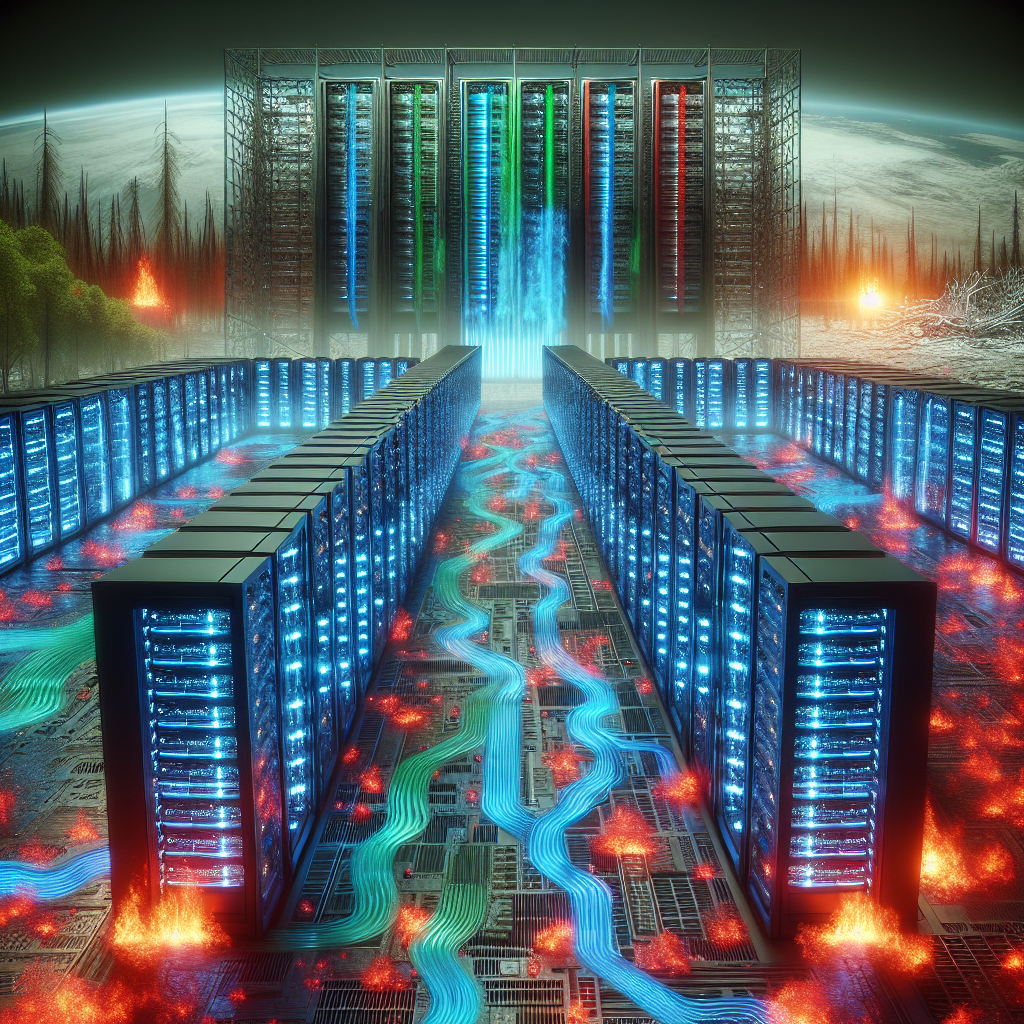The Environmental Impact of Data Center Cooling
Data centers are essential for storing and processing vast amounts of data that power our digital world. However, the environmental impact of data centers, particularly their cooling systems, has become a growing concern.
Data centers generate a significant amount of heat due to the high-powered servers and equipment they house. To prevent overheating and ensure optimal performance, cooling systems are used to regulate the temperature inside the facility. These cooling systems often consume a large amount of energy, leading to high electricity bills and a significant carbon footprint.
One of the main environmental impacts of data center cooling is the emission of greenhouse gases. The energy-intensive cooling systems release carbon dioxide and other harmful gases into the atmosphere, contributing to climate change. In fact, data centers are estimated to be responsible for around 2% of global greenhouse gas emissions.
Furthermore, the excessive energy consumption of data center cooling systems puts a strain on the power grid and can lead to power outages and blackouts. This not only disrupts the operations of the data center but also impacts the surrounding community.
In response to these environmental concerns, data center operators are increasingly looking for ways to improve the efficiency of their cooling systems. One approach is to optimize the airflow within the facility to reduce the amount of energy needed for cooling. Using hot aisle/cold aisle containment systems and implementing aisle containment curtains can help to direct the airflow more efficiently, reducing the workload on the cooling systems.
Another strategy is to use more energy-efficient cooling technologies, such as liquid cooling or free cooling systems. Liquid cooling, for example, uses water or other coolants to dissipate heat from the servers, reducing the need for traditional air conditioning units. Free cooling systems take advantage of outside air temperature to cool the data center without using mechanical refrigeration, further reducing energy consumption.
Data center operators can also explore renewable energy sources, such as solar or wind power, to offset the energy consumption of their cooling systems. By investing in renewable energy, data centers can reduce their carbon footprint and contribute to a more sustainable future.
In conclusion, the environmental impact of data center cooling is a significant issue that cannot be ignored. By implementing energy-efficient cooling technologies, optimizing airflow, and investing in renewable energy, data center operators can reduce their carbon footprint and minimize their impact on the environment. It is crucial for the industry to prioritize sustainability and take proactive measures to mitigate the environmental effects of data center cooling.


